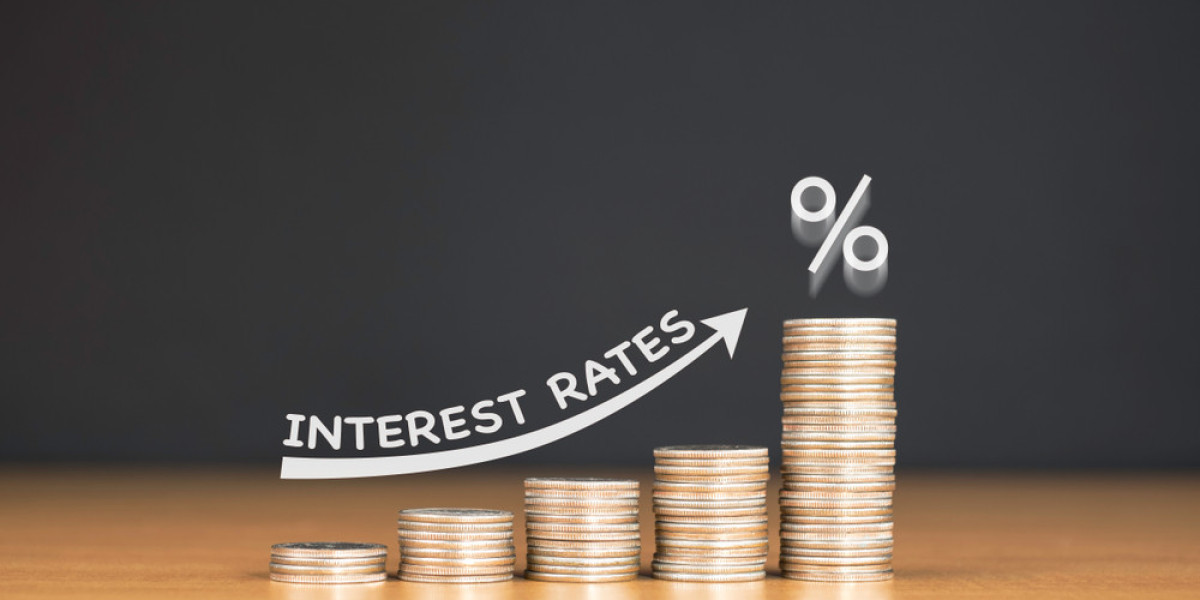Risk-free investments offer guaranteed returns and can effectively optimise your savings. Fixed and Recurring Deposits are ideal investment instruments for stable returns without risk. Every bank offers these fixed-income products. You can secure a fixed interest rate by investing in FD or RD. This article provides an overview of the commonalities between FD and RDs to help you gain a better understanding:
Fixed income investments
Both FD and RDs are fixed-income investment instruments. The FD and RD interest rates are fixed since the tenure starts and remain the same throughout the investment period. Moreover, interest rates are unaffected by market fluctuations. Banks guarantee both investment options' maturity and return proceeds.
Loan facilities
You can take out a Loan against FDs and RDs. You can use the withdrawal amount for any purpose. However, the amount that you can borrow will vary from one bank to another.
Guaranteed returns
The maturity amount for an FD and RD can be known right from when you invest. You will see the maturity amount based on your tenure, investment, and interest rate. This will allow you to plan by linking your financial goals with the investment amount. You can also use an FD or RD calculator to calculate how much you should save every month to reach your financial goals, such as your marriage, child's education, travel, home renovation, and more.
Opening process
You can open both FD and RD by visiting a bank's branch or through a Banking app. Furthermore, having a nominee for your deposit or a Joint Account with a family member is recommended. This ensures there is always someone trustworthy to claim the maturity proceeds from your account in case of your absence.
Premature withdrawal
Premature withdrawal is allowed for certain types of FD and RD with a penalty. For instance, most banks allow you to withdraw up to 25 % of your FD principal amount without penalty. However, a premature penalty is charged if you make subsequent withdrawals, or the amount exceeds 25 %.
Low risks
RDs and FDs are regarded as low-risk investment avenues compared to their alternatives, like Stocks and Mutual Funds.
Conclusion
Whether a Recurring or a Fixed Deposit, both can be beneficial and safe investment avenues for you. They have their share of differences but also a lot in common. Hence, carefully choosing between the two investment schemes explained is crucial. However, choose the one that perfectly aligns with your financial preferences and goals.








